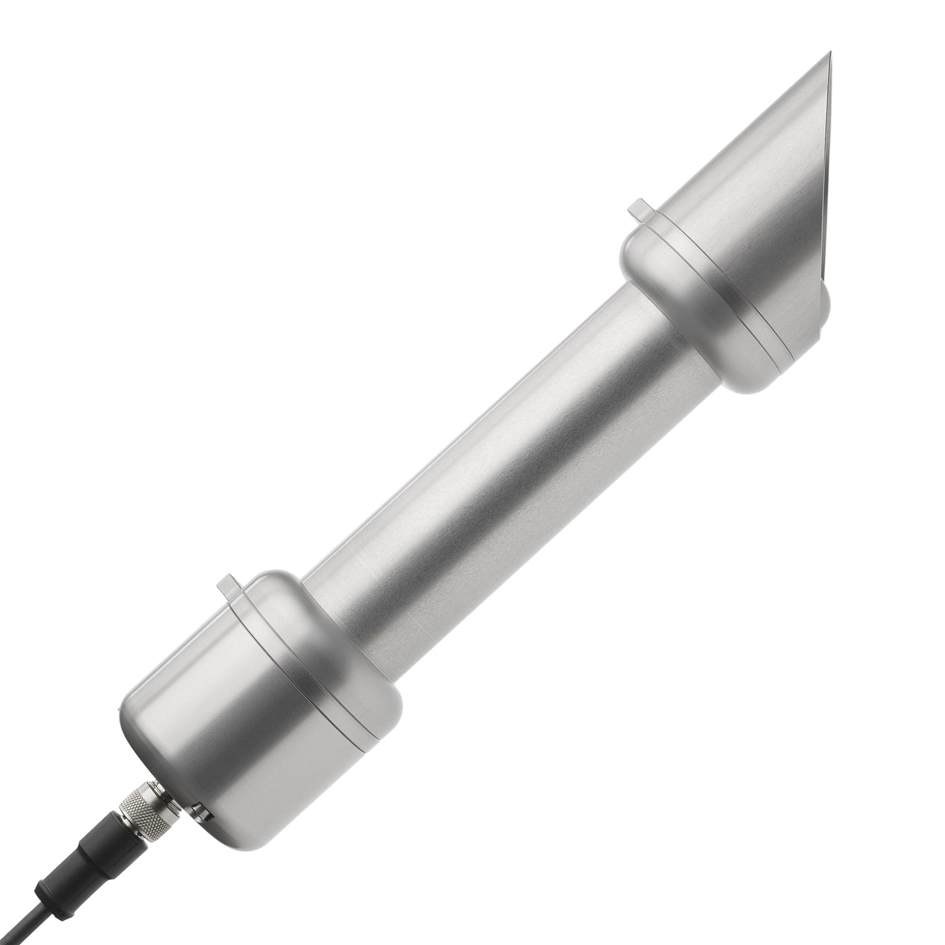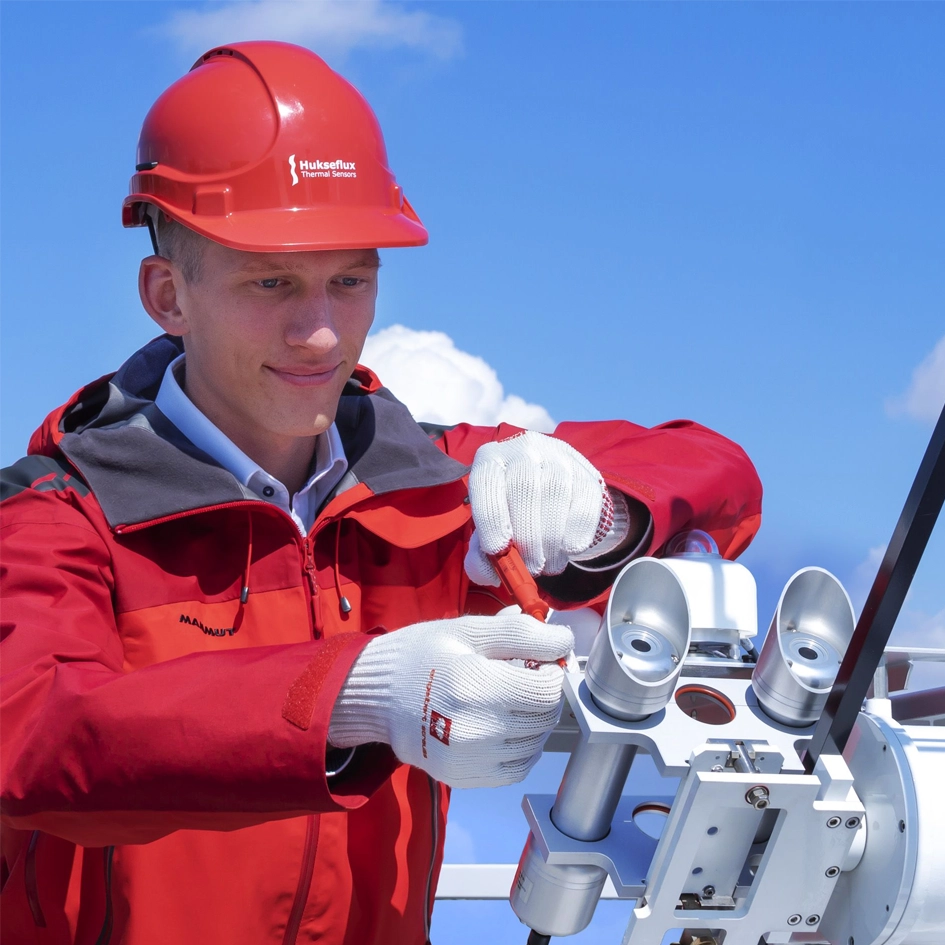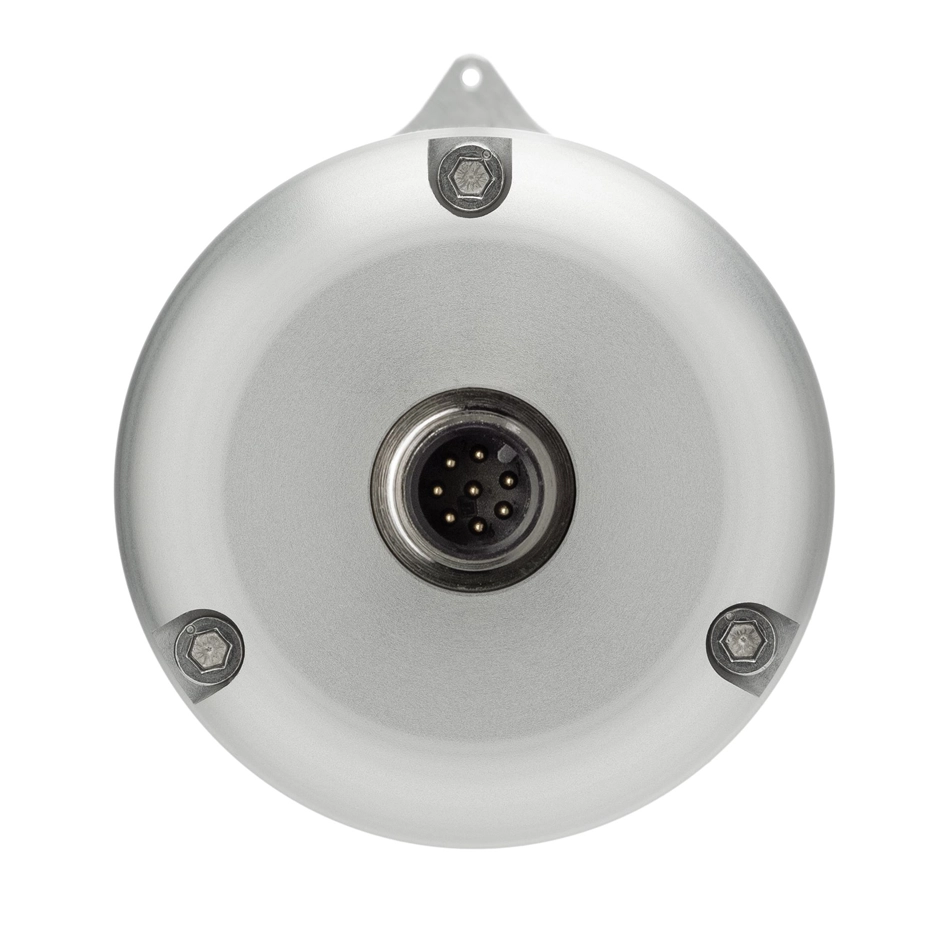What is a Pyrheliometer?
Solar energy has become a crucial source of renewable energy in recent years. With the increasing demand for clean energy, the use of solar energy has grown rapidly. One of the key components of a solar energy PV system is the pyrheliometer, which plays a vital role in monitoring and measuring the performance of the system.
What is a Pyrheliometer?
Pyrheliometer Definition:
A pyrheliometer is a device that measures the amount of solar radiation that reaches the surface of the earth. It is a highly accurate instrument that can measure the intensity of the sun’s radiation, even in extreme weather conditions.
The device comprises of a sensor that detects the radiation and a data logger that records the readings. The sensor is usually placed on a tracker that follows the sun’s movement, ensuring that the sensor is always pointing towards the sun.
Pyrheliometer Examples:
How Does a Pyrheliometer Work?
A pyrheliometer works by measuring the amount of solar radiation that reaches the sensor. The sensor is designed to detect radiation in the wavelength range of 0.3 to 2.8 micrometers. It works by absorbing the radiation and converting it into an electrical signal, which is then recorded by the data logger.
The data logger records the readings at regular intervals, typically every 15 minutes. The data can be accessed remotely, allowing for real-time monitoring of the solar PV system. This helps to ensure that the system is operating at optimal efficiency and to detect any issues that may arise.
Why is Pyrheliometry Important for Solar Energy PV Systems?
Accurate measurement of solar radiation is crucial for the performance of solar energy PV systems. The amount of solar radiation that reaches the earth’s surface determines the amount of energy that can be generated by the system.
Pyrheliometry helps to ensure that the solar PV system is operating at optimal efficiency by providing accurate measurement of solar radiation. This helps to identify any issues that may arise, such as shading or dust buildup on the solar panels.
In addition, pyrheliometry data can be used to optimize the design and orientation of the solar PV system. For example, by measuring the amount of solar radiation received by the system at different times of the day and different seasons, it is possible to determine the optimal tilt and orientation of the solar panels for maximum energy generation.
What is the Difference Between a Pyranometer and a Pyrheliometer?
A pyranometer measures total solar radiation and a pyrheliometer measures direct solar radiation. Both are used to measure solar radiation but for different purposes and under different conditions.
A pyranometer is a device that measures the total amount of solar radiation (both direct and diffuse) that reaches the surface of the earth, including the radiation reflected by the sky and surrounding surfaces. A pyranometer is designed to detect radiation in the wavelength range of 0.3 to 3 micrometers, and typically has a wide field of view, allowing it to measure radiation from the entire sky.
A pyrheliometer, on the other hand, is specifically designed to measure the amount of direct solar radiation that reaches the surface of the earth. It is a highly accurate instrument that can measure the intensity of the sun’s radiation, even in extreme weather conditions. A pyrheliometer usually has a narrow field of view, typically less than 1 degree, and is usually placed on a tracker that follows the sun’s movement, ensuring that the sensor is always pointing towards the sun.
Conclusion
In conclusion, pyrheliometry plays a vital role in monitoring and measuring the performance of solar energy PV systems. Accurate measurement of solar radiation is crucial for ensuring that the system is operating at optimal efficiency and for identifying any issues that may arise. With the increasing demand for clean energy, the use of pyrheliometry is becoming increasingly important for the design and optimization of solar PV systems.
Related Article
Stay up to date with the industry.






